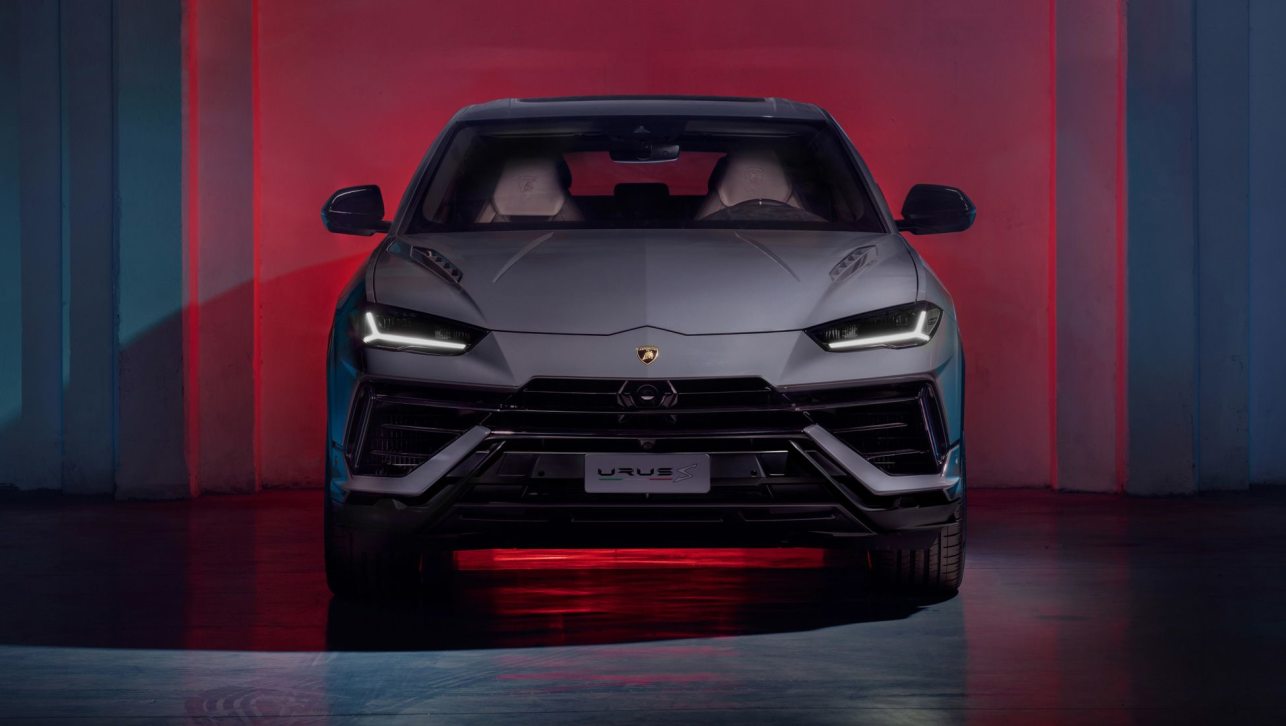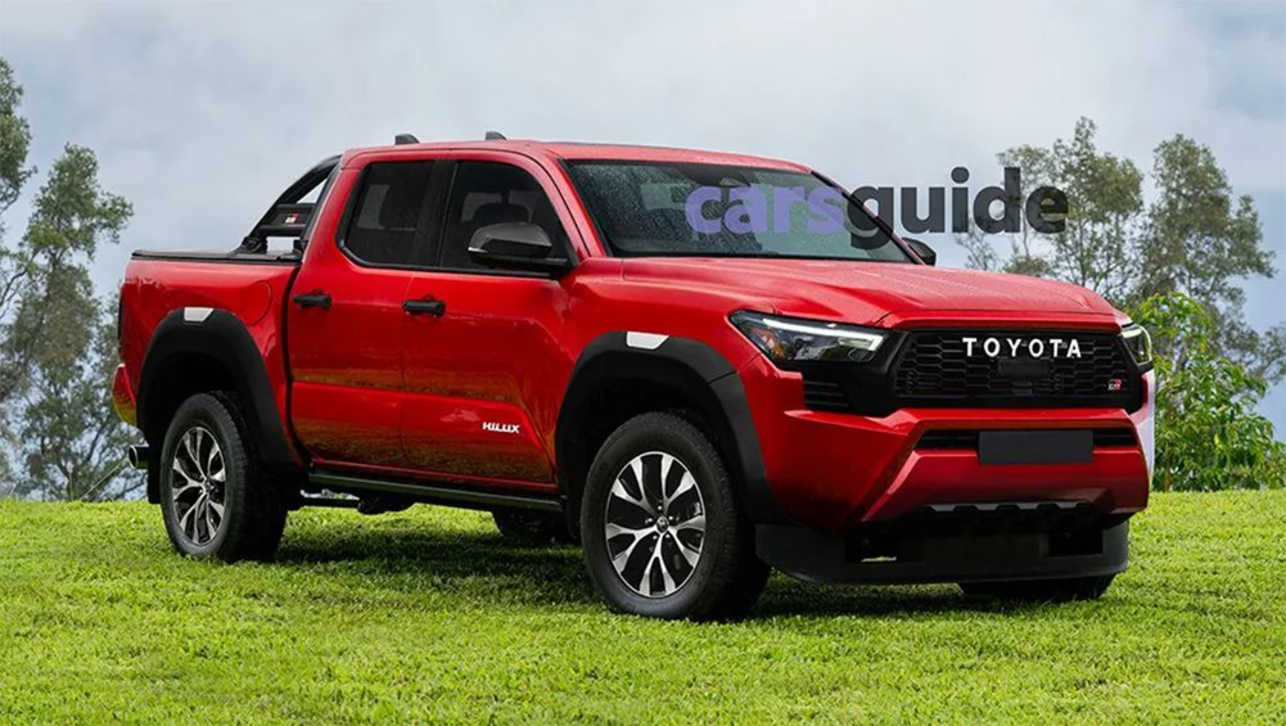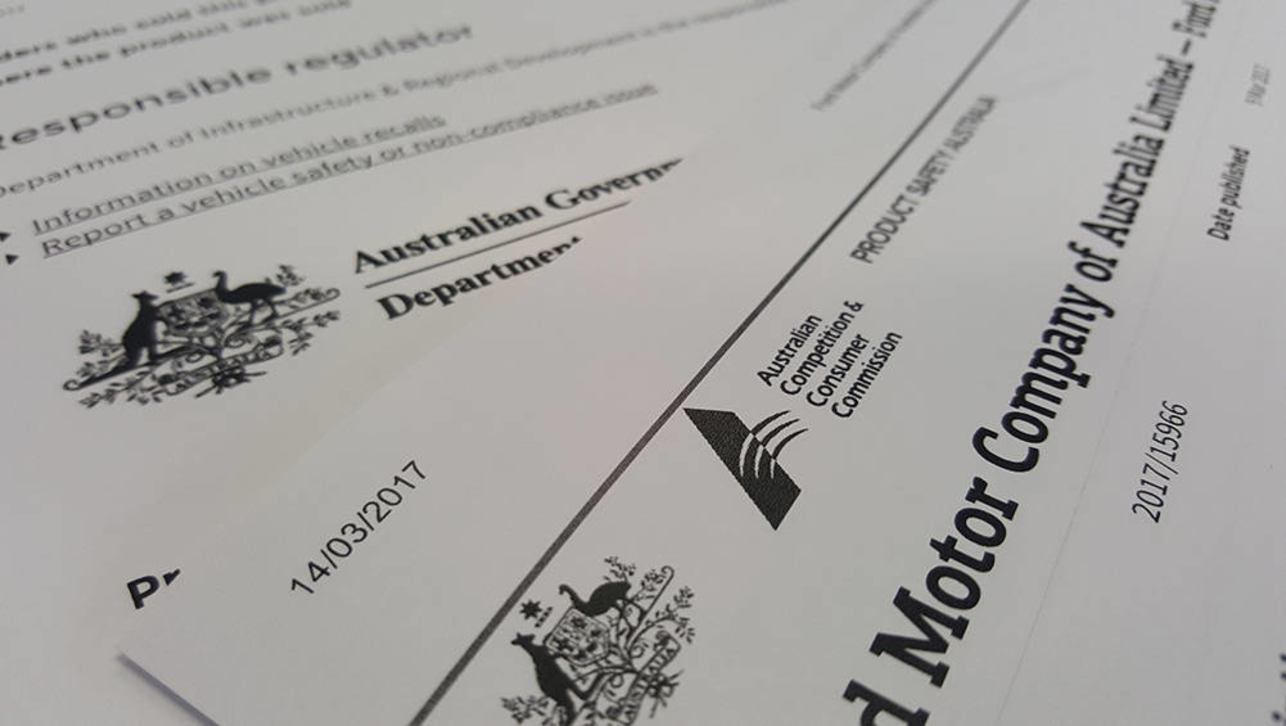BMW's revolutionary i3 electric and plug-in hybrid models arrive in local showrooms on November 21.
After opening the order books in April, BMW's carbon-bodied and electric-powered i3 will finally hit Australian roads on November 21.
The i3 will be the first of BMW's new 'i' range of electric and hybrid vehicles to be available for Australian delivery, with the $299,000 i8 petrol-electric coupe not due for delivery until early 2015.
Australian i3s will be available in either pure-electric or plug-in hybrid form, with the $63,900 i3 battery electric vehicle (BEV), or the i3 with petrol range extender (REX) for $69,900.
Both versions are visually identical, aside for a second fuel-flap on the REX's right-front and 20mm wider 175-section rear tyres.
The i3 BEV uses a 125kW/250Nm 'BMW eDrive' electric motor that powers the rear wheels via a single-speed automatic transmission.
Charging the 360-volt lithium-ion battery pack takes 11 hours with a standard 10 amp power outlet, or six hours with the optional $1750 'i Wallbox Pure' charge point installed.
Charge times drop further when using a ChargePoint public charge point however, taking three hours using an AC point, or as little as 30 minutes with one of the three ChargePoint DC Fast Charger stations currently in Australia.
The i3 BEV carries an official range of 160km in 'Comfort' driving mode, which steps up to 200km in the 'Eco Pro+' mode.
The i3 REX adds a 650cc two-cylinder petrol engine, which cuts in to charge the batteries when needed and extends the official range to 300km.
The i3 REX carries an official combined fuel consumption of 0.6L/100km, with a 9.0-litre fuel tank.
Like most electric vehicles, additional battery charge is also harvested from the i3's brakes. The slowing effect of the regenerative braking delivers a side benefit of reduced braking inputs 75 per cent, according to BMW. This should bode well for the lifespan of the i3's brake pads.
The i3 uses a similar construction to the more upmarket i8, with a carbon fibre body structure wrapped in plastic external panels, riding on an aluminium chassis.
This clever design helps the i3 BEV to tip the scales at just 1195kg, with the petrol hardware of the i3 REX adding 120kg.
Both versions of the i3 come with a practical 250-litres of boot space, which expands to 1100-litres with the 50/50 rear seats folded flat. An additional 35-litre storage space is under the bonnet where the engine would normally be found.
Standard safety features include six airbags, ABS, stability control, traction control, cruise control, rear-view camera, automated parking assist and front and rear parking sensors.
Standard cabin features include wool and leather trim with eucalyptus woodgrain details, 10.3-inch multimedia display,5.5-inch driver instrument display single-zone climate control, auto-dimming mirrors, ISOFIX child seat mounts and 19-inch alloys.
BMW's ConnectedDrive system also incorporates voice control, satnav with real-time traffic information, digital radio, Bluetooth, embedded apps and emergency calling.
A $2,200 'Driving Assistant Plus' option pack is available, that adds lane departure warning, forward collision and pedestrian warning with autonomous emergency braking (AEB), active cruise control and tyre pressure monitoring.
Also available as options are a 20-inch alloys ($1,000), sunroof ($2,920), LED headlights ($1,400), heated front seats ($730), rapid charge adapter ($1,000) and heat pump climate control system ($1,300).







.jpg)
.jpg)
.jpg)

.jpg)
.jpg)
.jpg)
.jpg)
.jpg)
.jpg)
.jpg)
.jpg)
.jpg)
.jpg)
.jpg)
.jpg)
.jpg)
.jpg)
.jpg)
.jpg)
.jpg)
.jpg)
.jpg)
.jpg)
.jpg)
.jpg)
.jpg)
.jpg)
.jpg)

.jpg)





.jpg)


.jpg)
.jpg)




Comments